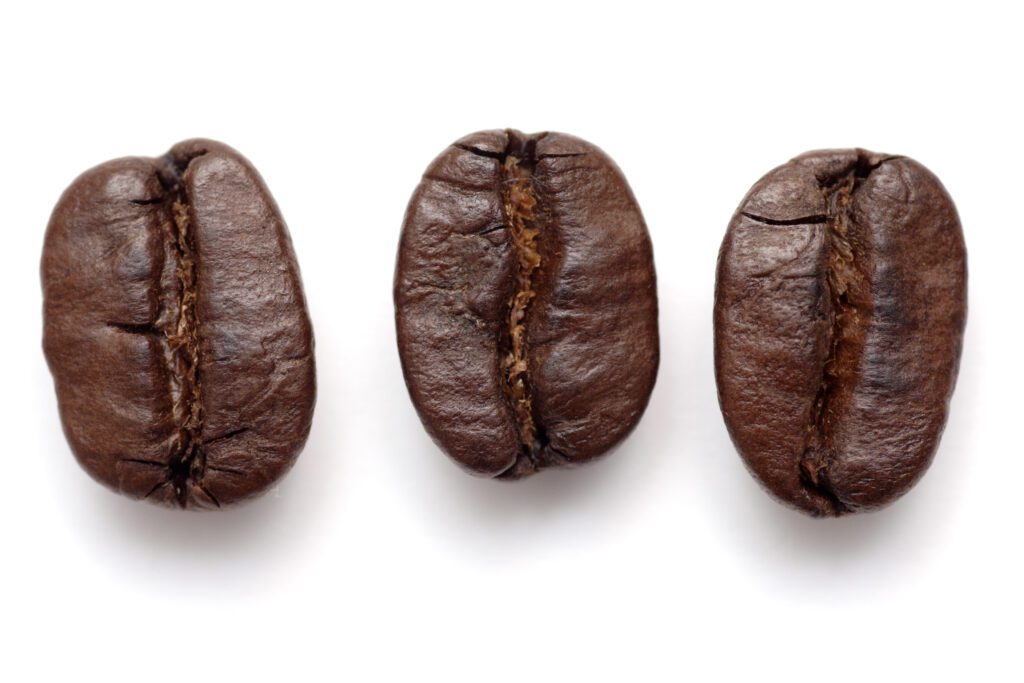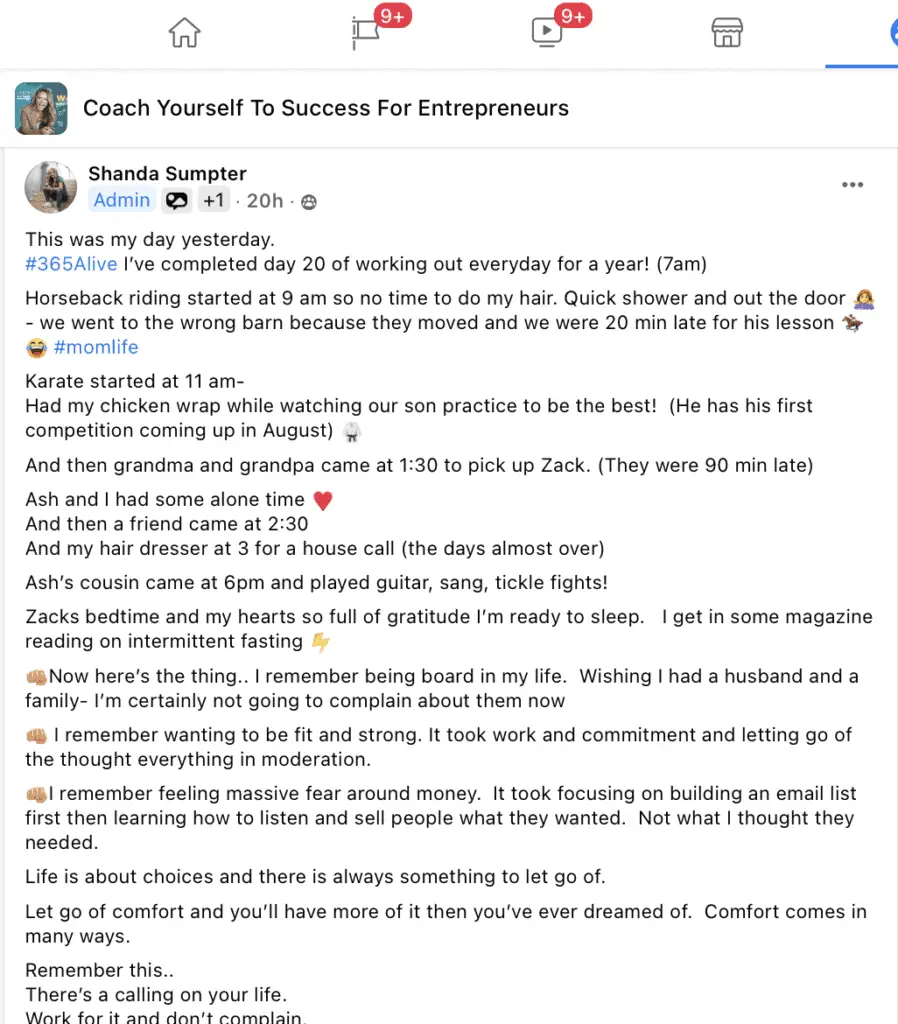
Design a Successful Communication Strategy for Your Brand
A strong brand communication strategy is a long term investment.
If your customers are complaining about price, they have no idea why they should choose you. In other words, those customers who are complaining about price see your product or service as a commodity vs brand.
This article is for the “Attraction” Marketing Superpower
Want to know what YOUR marketing superpower is? Take the Marketing Superpower Quiz
In this article, I’m going to review they key difference between a brand and a commodity and review some simple ways that you can brandify your company, products and services so that you can make more money.
The difference between a brand and a commodity is in the eye of the customer. Brand loyal customers have an emotional connection with the brand. They are willing to pay more for the feeling the brand inspires. Customers see commodities is easily replaceable. Commodities are perceived as having no differentiating features.
Here’s a picture of two coffee beans. Without any context, these coffee beans would be a commodity. But dress them in a Starbucks bag and they suddenly have value.

If you find yourself constantly competing on price rather than differentiation, then it may be time to think about branding your company. By creating a brand identity for your product or service that reflects what you stand for as well as how you want customers to feel when they interact with you, you are taking control of your own destiny.
It’s also much easier to charge more money if people see value in what they’re buying because brands tend to command higher prices than commodities do. This blog post will talk about the differences between brands and commodities so that you can make better decisions about where your business needs to go next!
What makes a product a commodity?
A commodity is identical no matter who produces it, while brand refers to a unique good or service that is different from other goods or services in some way. The distinction between a commodity and a brand varies depending on how much they share similarities.
No matter the industry, from real estate to food to automobiles, the market always tries to force companies and products into a commodity. This is because commodities, like corn or steel, are price-driven, and consumers still want the lowest possible price. Take Walmart for example. They’ve done a brilliant job forcing most of their products to behave like commodities. Because they can get products for cheaper than almost anyone else, they can wipe out their competition and gain even more price-conscious consumers.
Only Walmart can be Walmart, so to escape being crushed by commodification, you need to build a brand worthy of sticking in the minds of your customers.
Brands are the opposites of commodities, and you only need to look to your morning cup of coffee to understand the difference. Brands like Starbucks can take a cheap commodity like coffee and get people to buy a $5 cup as part of their daily routine. There are countless ways to get a more inexpensive caffeine fix, and yet Starbucks enjoys legions of loyal fans all over the world. This is because they’ve keyed into a core component of running a top-notch brand: customers get a consistent, positive emotional experience every time they interact with the company.
Humans are fundamentally emotional creatures. The greatest brands, from Apple to Starbucks to Coca-Cola, illicit immediate emotional reactions just from seeing their logo or hearing their name. They speak our language of emotion and incorporate themselves into our belief systems. Are you an Apple or an Android person? A Coca-Cola or a Pepsi lover? Brands ingrain themselves in our very identity, and either attract or repel us based on what side you choose. The critical question for strengthening your brand is to answer the question “how does my company make people feel?”. If you have a great answer to this question, your brand is well on its way to success.
Look at this post from successful business coach Shanda Sumpter. She posted this in her private group of 30,000 startup entrepreneurs. Her business coaching is all about building and designing a business to support your life — and in this post she shares how this shows up in HER life; the fulfilling, the stressful — all of it. As a result, she has a rabid and loyal customer base. She lives her brand and you can too.

Simply providing a positive emotional experience does not a great brand make. In addition to an emotional connection, there are three key elements that top brands share: their visibility, size, and brand equity. McDonald’s has done a masterful job of combining size and consistency. The McDonald brothers had a successful operation in the early 1950’s, but it was Ray Croc that pioneered the notion of a nationwide fast-food chain that was the same anywhere you went. In fact, with over 14,000 restaurants in the United States these days, you can never be more than 115 miles away from the nearest McDonalds. There are few things more consistent in American life than the presence of those golden arches, where you can get (more or less) the same options and quality from coast to coast.
Visibility comes along with size, as brands like McDonalds and Coke are woven into the very fabric of our culture. Newcomers to the mega-brand status like Amazon are even more tightly incorporating themselves into our way of life. From your expectations for free two-day shipping to your upscale grocery stores to web servers that power the internet, Amazon is on its way to impacting every area of modern American commerce.
The point here isn’t to become the next Amazon or Starbucks (as if it were only that simple). Rather the goal is to focus on long-term growth over short-term profits while maintaining consistent branding and quality. Amazon didn’t turn a profit for years and years, and now that it has become a vast empire it’s one of the most valuable companies in the world.
In addition to size and visibility, the greatest companies have keyed into the equity of their brand’s position in the marketplace. Developing brand equity is extremely beneficial, as you can license your brand’s name and imagery to products or services that you don’t directly produce. Trump can license his brand out to other developers and generate royalties without actually developing real estate. Ferrari can boost their profit by allowing their iconic emblem and name to grace a variety of consumer products that have nothing to do with cars.
Does Apple have the best computers on the market? Some might say they do, but that’s not why they can charge an enormous amount of money for functionally you could get at half the price. The simple fact is their customers believe their products are better than anything else, and they’re willing to pay whatever Apple cares to charge.This is the power of a successful brand. It convinces people to value what you offer for far more than a similar product from a competitor. Granted Apple would be nowhere if they didn’t hold up their end of the bargain with top product design and an inviting user interface, but it’s their brand that ultimately drives their enormous profits.
In many ways, your brand is more important than your business. A successful brand can pivot from business to business and turn out profitable results. Is Amazon successful because it had a successful book-selling business, or because it’s a stellar brand? A brand can incorporate any number of companies, but it’s much harder to turn a business into a brand. Phenomenal brands don’t happen overnight or without a lot of painstaking work.
Commodity branding relates to the practice of creating a unique differentiation for your product or service. Commodity branding marketing is the best way to maintain value pricing while building market value for consumers.
A brand commodity is a typical product like water or coffee that is difficult to distinguish from competitors.
Here are a few commodity brand examples:
As consumers, we are wired for branding. A solid strategy can help you market your commodity as a premium and quality product that overtakes competitors.
Most marketers call these strategies, I like to call them ideas or tactics.
Cherish your brand and guard it with your life. It is your lifeblood, even if your business isn’t firing on all cylinders at the moment. Your brand is your identity: if you don’t actively define it someone else will, and it will be nearly impossible to redefine.

A strong brand communication strategy is a long term investment.

Color is so much more than meets the eye. In fact, color is one of the most important aspects of your marketing.

Do you want to know about the psychology of logo design? You’re in the right place.
No account yet?
Create an Account